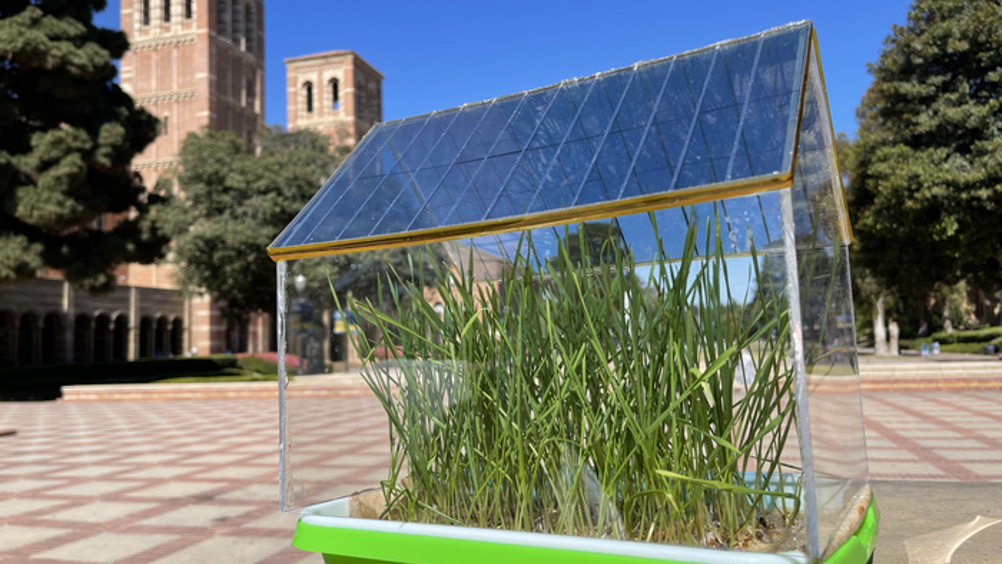UCLA solar roofs harvest energy for greenhouses
Researchers at UCLA in the US have designed organic solar cells that could replace glass in greenhouses and harvest energy to power them.

Renewable energy sources such as solar are in high demand as efforts are made towards achieving net zero emissions in 2050, but solar panels can take up significant space and are often difficult to scale, the UCLA team said.
The new field of ‘agrivoltaics’ focuses on the simultaneous use of land for solar power generation and agriculture; replacing the glass in greenhouses with solar panels could power the lamps and water controls in the greenhouse, or even the whole farm.
UCLA Samueli School of Engineering’s materials scientist Yang Yang and his team now claim to have developed a solar device that could be used in such applications, absorbing energy from sunlight without blocking the light that plants need.
In a study published in Nature Sustainability, they highlighted a new, viable application of solar cells that does not require large plots of land.
The team has developed a strategy for augmenting semi-transparent organic solar cells. These cells rely upon carbon-based materials, as opposed to the inorganic substances in conventional devices.
Register now to continue reading
Thanks for visiting The Engineer. You’ve now reached your monthly limit of news stories. Register for free to unlock unlimited access to all of our news coverage, as well as premium content including opinion, in-depth features and special reports.
Benefits of registering
-
In-depth insights and coverage of key emerging trends
-
Unrestricted access to special reports throughout the year
-
Daily technology news delivered straight to your inbox










Water Sector Talent Exodus Could Cripple The Sector
Maybe if things are essential for the running of a country and we want to pay a fair price we should be running these utilities on a not for profit...